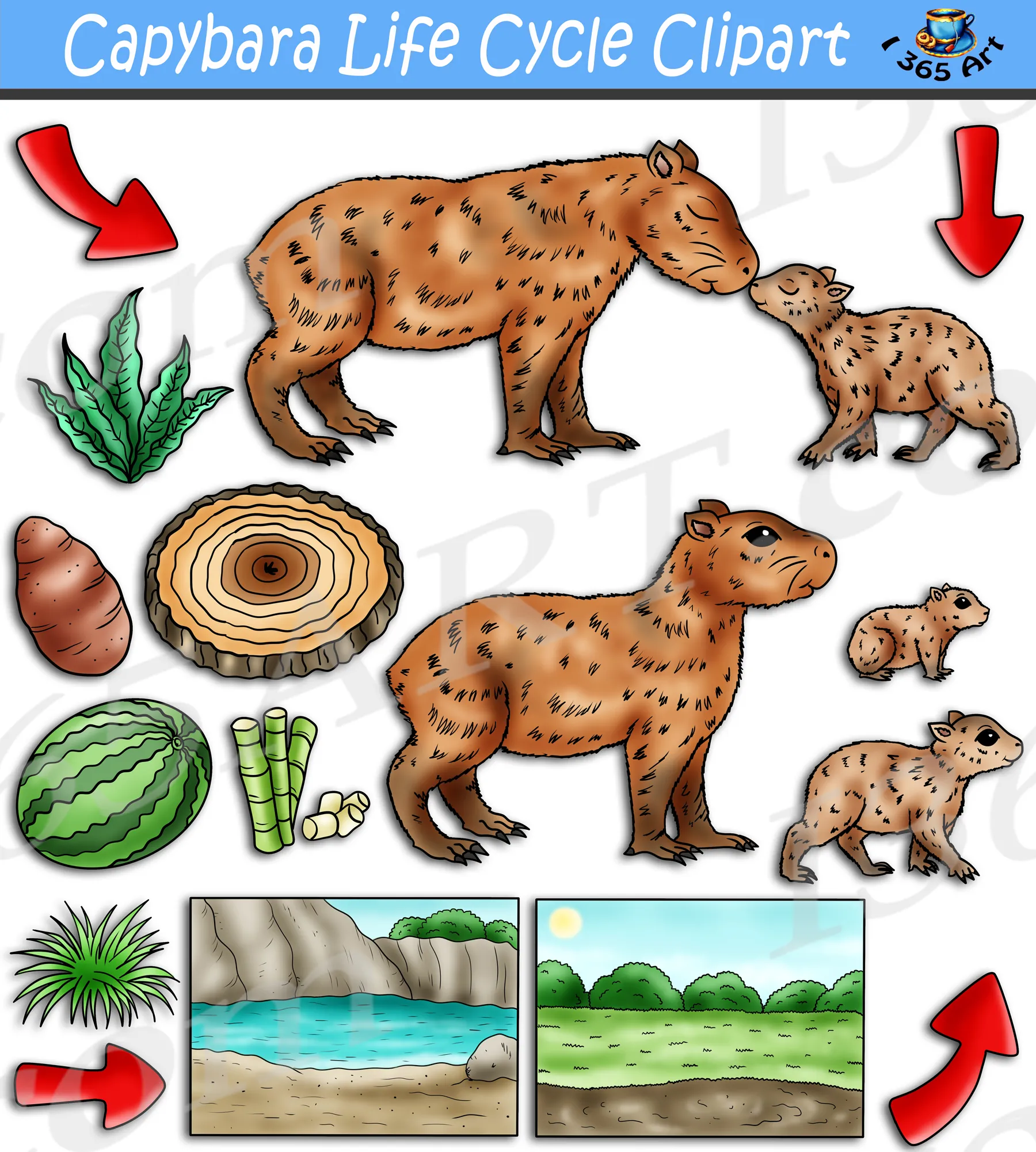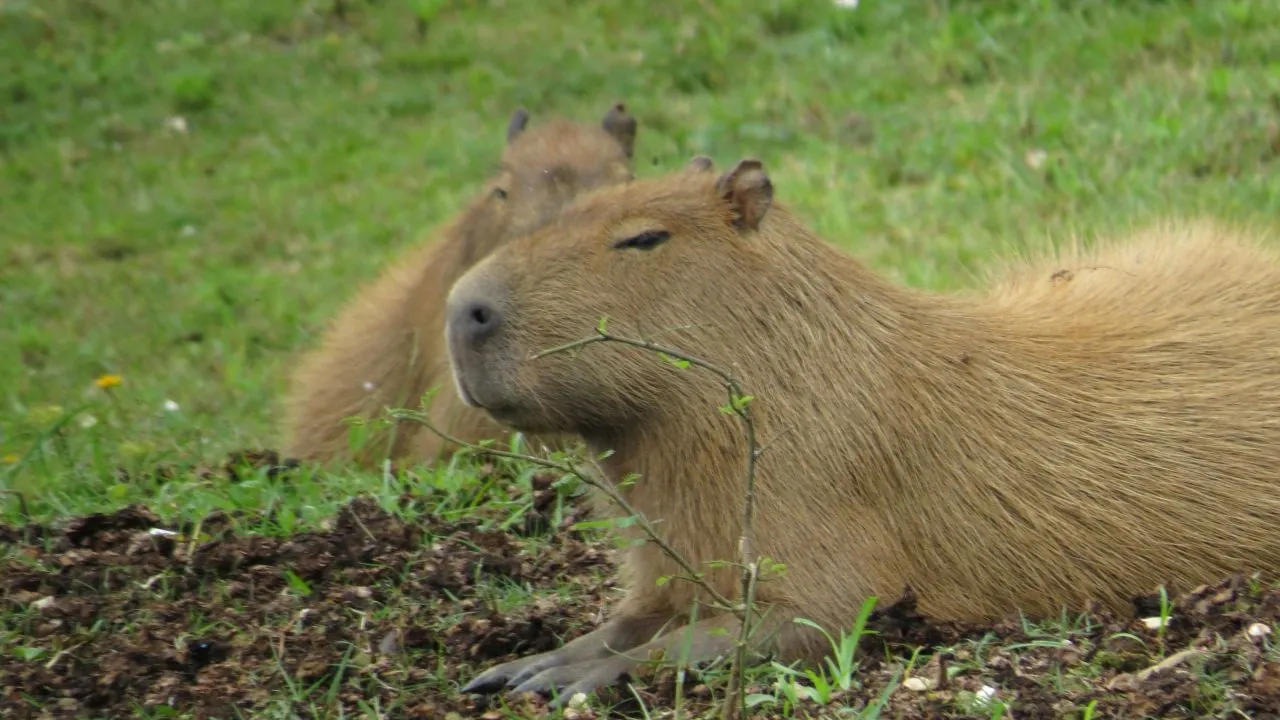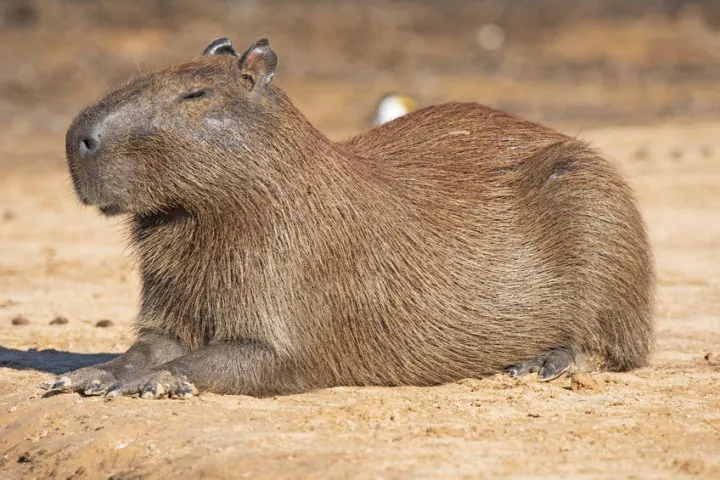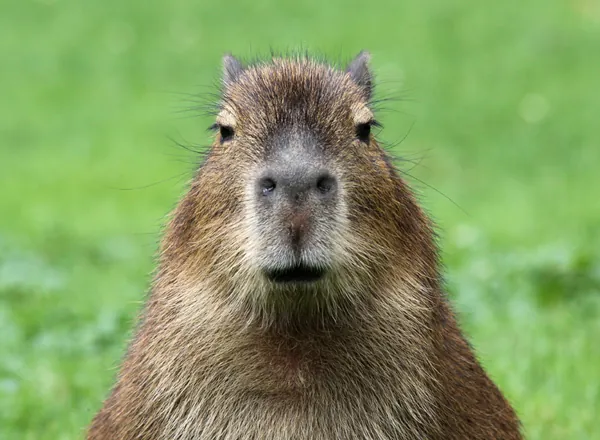When you hear the word “rodent,” your mind likely pictures something small and nimble, like a mouse or a chipmunk. But let me introduce you to the capybara—a rodent so unique and outsized, it flips all those assumptions on their head. Native to South America, these gentle giants are the largest rodents in the world, and their size alone makes them a fascinating creature worth learning about.
How Big Do Capybaras Get?
Capybaras are the MVPs of the rodent world when it comes to size. Adult capybaras typically grow to about 3.5 to 4.4 feet (106 to 134 cm) in length and stand about 20 to 24 inches (50 to 60 cm) tall at the shoulder. Weight-wise, these animals range from 77 to 146 pounds (35 to 66 kg), with females sometimes being slightly larger than males.
To put this into perspective, think of a Labrador Retriever or a small pig. Yes, that’s how big a capybara can get! For many, it’s hard to reconcile the idea of a rodent being as large as a medium-sized dog, but that’s part of what makes capybaras so intriguing.
Why Are Capybaras So Big?
Capybara size isn’t just a fluke; it’s a result of millions of years of evolution. Their size gives them several advantages:
- Adaptation to Aquatic Life: Capybaras are semi-aquatic animals, and their size helps them stay buoyant and navigate through water with ease.
- Protection from Predators: A larger size makes them a more challenging target for predators like jaguars, caimans, and anacondas. While they’re still vulnerable, their bulk gives them a fighting chance.
- Social Structure: Capybaras are highly social animals that live in groups ranging from 10 to 20 members. Their size helps establish dominance and facilitates group cohesion.
Capybara Size: A Life Cycle Perspective

Capybaras experience significant growth from the moment they’re born. Let’s break it down:
Newborns
Capybara babies, known as pups, are born relatively large. Each pup weighs between 2.5 and 4.5 pounds (1.1 to 2 kg) at birth. They’re precocial, meaning they’re born with fur, open eyes, and the ability to walk almost immediately. This early head start allows them to integrate into the group from day one.
Juveniles
Young capybaras grow rapidly, gaining several pounds in just a few months. By six months of age, they’re often close to half their adult size. This growth spurt ensures they’re robust enough to face environmental challenges and predators.
Adults
By 18 months, capybaras reach their full size and sexual maturity. At this stage, they’re fully equipped to contribute to their group’s social dynamics and reproduction.
How Capybaras Compare to Other Rodents
To truly appreciate the capybara’s size, let’s compare it to other well-known rodents:
- North American Beaver: Weighing up to 50 pounds (22.7 kg) and measuring around 3.3 feet (1 meter) in length, beavers are large rodents. But even they fall short of the capybara’s dimensions.
- Guinea Pig: As distant relatives of the capybara, guinea pigs are much smaller, weighing around 2.6 pounds (1.2 kg) and measuring 10 inches (25 cm) in length. The size difference is staggering.
- Rats and Mice: The average house mouse weighs a mere 0.5 ounces (14 grams). Compared to a capybara, it’s like comparing a pebble to a boulder.
This comparison highlights just how unique the capybara is within the rodent family. Its size is not just an anomaly but a key part of its identity.
Factors That Influence Capybara Size
While genetics set the baseline for capybara size, several external factors also play a role:
- Diet: A capybara’s size is heavily influenced by its diet. These herbivores primarily eat grasses, aquatic plants, and sometimes fruits. A nutrient-rich diet allows them to reach their full size potential.
- Habitat: Capybaras living in resource-rich areas tend to grow larger than those in regions with scarce food supplies.
- Health: Parasites and diseases can stifle growth. Capybaras in areas with fewer health challenges are more likely to achieve optimal size.
Why Size Matters for Capybaras

The capybara’s size is more than just a fun fact; it’s an essential aspect of their survival and behavior:
- Thermoregulation: Larger animals retain heat better. For a capybara, this is useful in cooler water environments.
- Social Hierarchy: In capybara groups, size often dictates dominance, with larger individuals having better access to resources and mates.
- Aquatic Adaptation: Their bulk helps them stay stable in water, whether they’re swimming, wading, or escaping predators.
Fun Facts About Capybara Size

- The heaviest recorded capybara weighed an astonishing 201 pounds (91 kg)!
- Despite their size, capybaras are agile swimmers, using their webbed feet to move efficiently in the water.
- Capybaras are often seen sharing their space with smaller animals like birds and monkeys, who aren’t intimidated by their size.
FAQs About Capybara Size

Q: How does a capybara’s size compare to a dog’s?
A: Capybaras are similar in size to medium to large dog breeds. For instance, they’re comparable to a Labrador Retriever in weight and length but have a barrel-shaped build that sets them apart.
Q: Are female capybaras larger than males?
A: Yes, females are often slightly larger than males. This sexual dimorphism is subtle but noticeable in group dynamics.
Q: Do capybaras continue growing throughout their lives?
A: Most of a capybara’s growth occurs in the first 18 months. Once they reach adulthood, their size stabilizes, although they may gain or lose weight based on diet and health.
Q: What’s the biggest capybara ever recorded?
A: The largest capybara on record tipped the scales at 201 pounds (91 kg). While rare, such giants showcase the species’ impressive growth potential.
Q: Why are capybaras so big compared to other rodents?
A: Their size is a product of evolution, giving them an edge in survival, social interactions, and adaptation to their semi-aquatic lifestyle.
Final Thoughts
Capybaras are a marvel of nature, defying our typical understanding of rodents with their extraordinary size. Their dimensions aren’t just for show—they play a critical role in their survival, social behavior, and interaction with the environment.
Next time you see a picture or video of these gentle giants lounging by a riverbank or swimming in a lake, remember: their size is what makes them the kings and queens of the rodent world.
